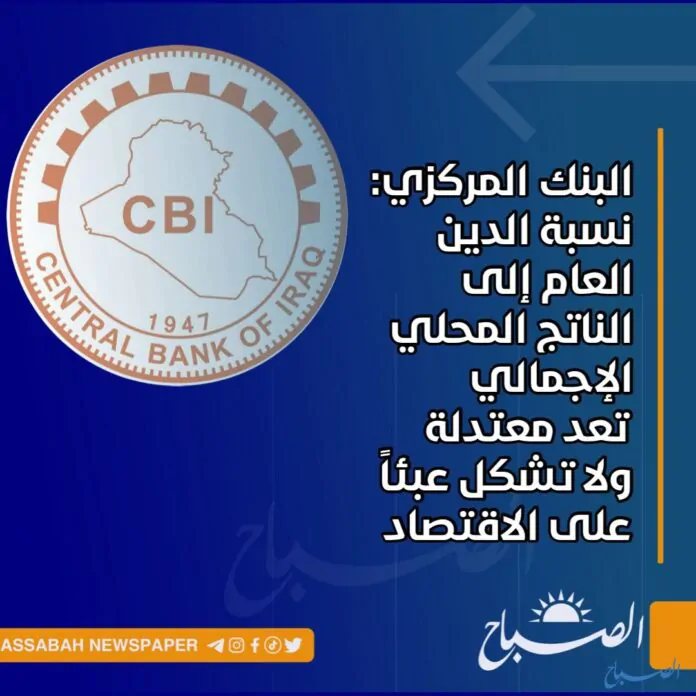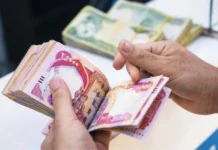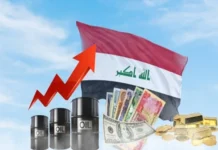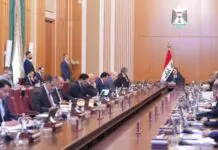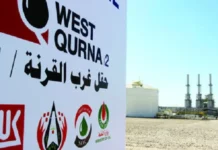CBI: Iraq’s Public Debt Remains Moderate at 43% of GDP — Within Safe Global Limits
Baghdad — The Central Bank of Iraq (CBI) has reaffirmed that the country’s public debt-to-GDP ratio stands at 43%, describing it as moderate and within internationally accepted safety thresholds. The Bank emphasized that this level of debt poses no burden on the national economy.
The clarification came in response to recent media reports questioning the scale of Iraq’s public debt and the deficit outlined in the three-year federal budget.
Actual Deficit Far Below Planned Levels
According to the CBI’s statement, the planned deficit in the budget was 191.5 trillion Iraqi dinars, but the actual deficit reached only 35 trillion dinars — a significant improvement that demonstrates the government’s effective fiscal management.
The Bank said the shortfall was covered internally through bond issuances and financial transfers, highlighting strong coordination between the Ministry of Finance and the Central Bank in managing debt and liquidity.
Debt Structure: Mostly Domestic and Under Control
The CBI detailed Iraq’s current debt composition:
- External debt: around $13 billion
- Internal debt: approximately 91 trillion dinars, most of which is held within the government banking system
A portion of the domestic debt is also being converted into investment instruments under a national fund initiative, reflecting efforts to transform borrowing into productive investment channels that support long-term growth.
Expert View: A Message of Confidence and Stability
Economic expert Dr. Nabil Rahim Al-Abadi welcomed the CBI’s statement, calling it a “well-crafted message of reassurance” that reflects Iraq’s growing financial discipline and commitment to sustainability.
He noted that these fiscal trends mark an important step toward diversifying the economy and reducing dependence on oil revenues, while maintaining macroeconomic stability and investor confidence.
Fiscal Outlook
With the government emphasizing prudent debt management, enhanced public finance coordination, and greater investment in non-oil sectors, Iraq’s financial authorities appear intent on safeguarding economic stability while continuing efforts toward long-term diversification and fiscal reform.
